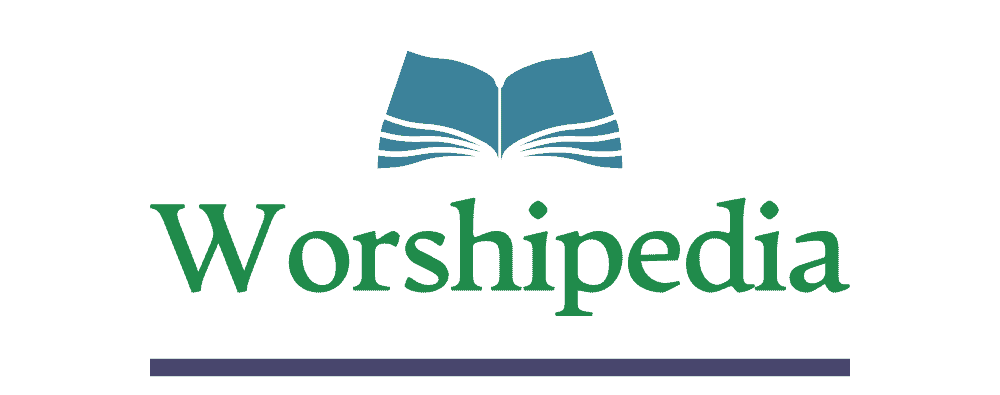The Preaching of Thomas Aquinas (1224–1274)
An influence on preaching that originated from both the monasteries and the scholastic theology of the universities was the logic of Aristotle. As a result, sermon writers placed greater emphasis on coherence and clarity. This scholarly approach to preaching was developed in the great universities of the medieval period such as Paris and Oxford and spread to the Dominicans (Bernard), the Franciscans, and the Augustinian Anchorites. Consequently, a great many new handbooks on preaching were published along with collections of illustrations and outlines for sermons.
